In today’s episode of the Brand Master Podcast I’m joined by Brand Master Academy Graduate, Brand Strategist and experiential design expert Paula Murray From Supertonic agency in Scotland
Supertonic is a multi-award-winning design agency of experience creators, brand builders and community makers…
Working with household name brands such as PERNOD RICARD, BOMBAY SAPPHIRE and MARTINI, they integrate brand strategy & communications into the design of environments to create unique and memorable spaces for brand experiences.
I really enjoyed chatting with Paula who came across Brand Master Academy when looking to expand her agency services to focus more on strategy and brand thinking…
And it really does shine a light on the fact that no matter what brand building vertical you come from whether its
Copywriting
Marketing
Identity design
Or Experiential design…
All roads lead back to brand strategy and asking deeper questions to shape the right brand perceptions
Paula Murray Journey

Stephen Houraghan
Paula is a student of Brand Master Academy and she runs an agency on the east coast of Scotland between Edinburgh and Glasgow, and she works with Prestigious clients.
She’s bringing strategy into to their world and using that on a day-to-day basis and trust me, you will know some of these clients.
I was super impressed by the work that’s Supertonic we’re doing.
Before we get into all of that, Paula, can you give us a bit of a background as to your journey in the creative space and how you arrive to where you are today working with these big clients?

Paula Murray
I’m an interior designer, so I studied at the Glasgow School of Art. I’ve been working as a designer.
Now for nearly three decades and I’d always been extremely interested in storytelling and back in the day.
When I was kind of fresh outta the packet, a young designer, I was drawn to some interpretive exhibition design for museums and galleries and I loved it.
We just had an opportunity to kinda work alongside teams who sometimes it was people’s life’s work that we were interpreting and trying to make accessible for a visitor to a museum or a gallery or an exhibition.
I did that for 16/17 years and that took me all around the world from China, Australia, Berlin and then I came back to my Homeland Scotland around 2000.It was really interesting because I was seen as a senior designer in my field and I joined a team who are terrific and they did.
Proper interior design, not exhibitions, is what I’d been doing and so that was my first job into really thinking about how a brand is put together.
Now as an interior person, I’m always gonna come at it from the built environment first, just cause it’s my first lump and so, I think seeing how that kind of shaped up and the team, they very strong on the kind of on the brand side.
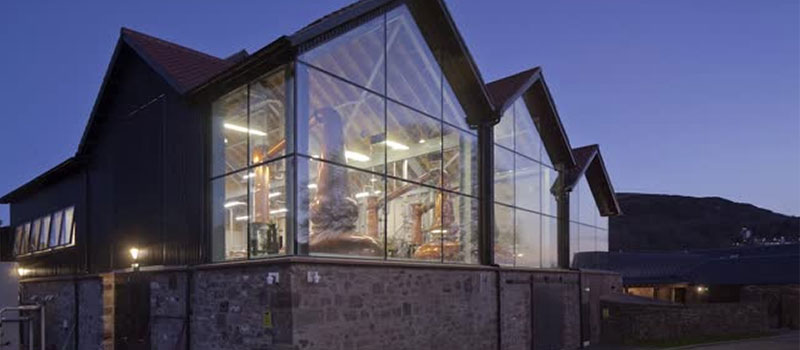
They would develop brands on behalf of organizations from everything from 2D to 3D environments and that really piqued my interest.
I suppose I started at that point to move away from doing exhibitions, move more into interior design for commercial spaces
The thing that was interesting for me was I just felt at the time that I’d maybe skipped a number of the early building blocks. I’d found myself kind of landed in a kind of quite a senior post and what I just felt like a complete imposter.
I remember at one point gonna Ross my boss and just saying you, I’ve had a promotion and I was the creative director one a number of creative directors and I was like, Ross, can I just go back to being a designer?
I nervous at this and he was like, they’re just, you’re been fine, don’t be that. I carried on for a while, I was like, oh God, I go work again tomorrow and that just was not like me. I’d never shown up like that. So it took me probably a year of going what am I gonna do?
Making the decision was much harder than actually just going, right, actually, I just need to leave and I need to go back to really making sure that I understand the building blocks,
Because if I am ever in the future, I have an opportunity to work with people, I won’t be able to support them in a way that I felt I just wasn’t able to.
So that journey then took me to, as just started working as a freelancer. worked under the name of Subtonic, so sexually protonic pop, 14, 15 years ago.
For all intents and purposes, just a freelancer working with them sort of stables groups of people to deliver projects on behalf of clients and that’s been, it’s just been the most fascinating journey.
It allowed me probably to go up and speed that I think that our confidence is in many ways is a direct of what someone is gonna feel like they can or cannot do. If there’s one thing that probably holds most people back is just themselves.
Discovering Fundamentals of Branding and Creative Leadership
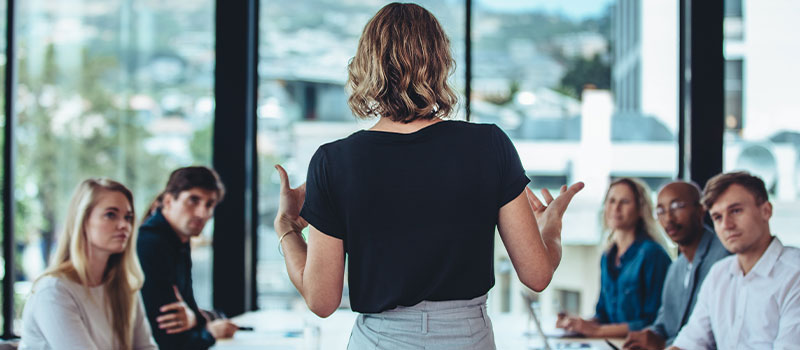
Stephen Houraghan
Tell me about those fundamentals that you felt that you were missing out on because you found yourself obviously in this quite prestigious role guiding all of these creatives on brand and obviously that had not been your route to the position that you held.
Tell me about where you felt those fundamentals and where did you pick them up along the way?
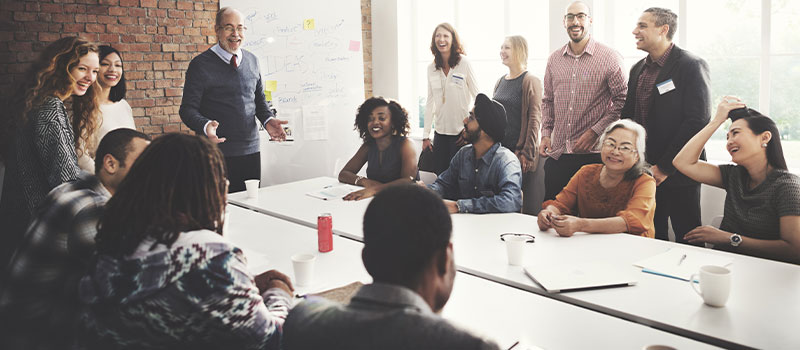
Paula Murray
I think when we’re working with easiest to imagine working with a commercial client, often a founder. So someone who’s new to a space may have a very strong two-dimensional presence and it might be their first entry into creating a 3D built environment.
I would say I’m quiet, I’ve always been quite an intuitive person when it comes to design, and I think I’ve found that unless I really was incredibly emotionally and or values-based, connected with a client.
I just had this gap that I just couldn’t bridge, I wasn’t able to unpack what I thought it was. I couldn’t even know how to ask the questions.
I didn’t have the language to be able to unpack. What is it that you, Mr. And Mrs. Client see and feel, and how do you think we can help that be translated?
So I was doing it intuitively and it’s great but when it, it was clunky when I was, I just didn’t have the ability to be able leads someone strategically through a pathway.
PRO Brand Strategy BluePrint
Build Brands Like A Pro Brand Strategist

Strategic Frameworks for Effective Design and Communication

Stephen Houraghan
I find it curious because you have environmental and physical design experience, and many students at Brand Master Academy share that experience. They approach their work from a brand identity, copywriting, or marketing perspective and start asking questions related to their purpose.
The real challenge is finding the right questions to ask clients to unpack their needs.
It involves delving into the world of strategy, and without foundational principles, we’re not equipped to do that.
Your experience shows that you found your approach clunky because you didn’t have the frameworks or systems to ask the right questions.
How did your approach evolve?

Paula Murray
I teach interior design in a seven to 12-week block each year. Teaching something forces you to break it down into its smallest components, which I started doing accidentally about seven years ago.
It became an interesting way for me to think about what I was doing and where it all came from.
As a result, I gained confidence in discussing interior design with clients, who often have similar questions. It’s like breaking out of the black box thinking.
I recall how designers would disappear for a month, and it made me aware that I wanted to empower my clients more.
I’m a systems process-led person and wanted to give clients access to a framework to guide them.
Similarly to his fan base, I want to support my clients by helping them understand the language and empowering them to get the most out of their journey.
Explore Brand Strategy
Programs & Tools
Developing Meaningful Brand Strategy for Household Name Brands

Stephen Houraghan
So, it was an organic journey for you to go back to the drawing board and address the gaps in your approach.
Working with smaller clients allowed you to develop systems for asking meaningful questions and building brand foundations based on client answers.
This approach creates a connection between the client and the brand, as they feel like they have built the brand themselves.
Nowadays, you work with household name brands like Perrier, Bombay Sapphire, and others. Many of these brands have big agencies and strategists working for them.
How do you apply your approach to these clients?

Paula Murray
As experience designers, we often work with brand strategy, which can come from an in-house team, a big brand, or a consultancy.
We bridge the gap between the strategist and the architectural side of things.
Our focus is on developing a granular understanding and getting involved in projects as early as possible to advise and support the architectural team on materiality and other aspects that can support the brand message and storytelling.
If there is a disconnect between the three types of consultants, the visitor may feel a lack of harmonious flow.
From an architectural perspective, we try to support the team’s choice of cladding, but sometimes it can visually damage the brand, and we help the team to dial down the visual impact to align it with the brand.
This can also apply to landscape, hard and soft finishes, and external clarity materials.
Not all teams are open to receiving this information, but this is where we find ourselves most involved in the last five to six years.
How Brand Master Academy Helped?
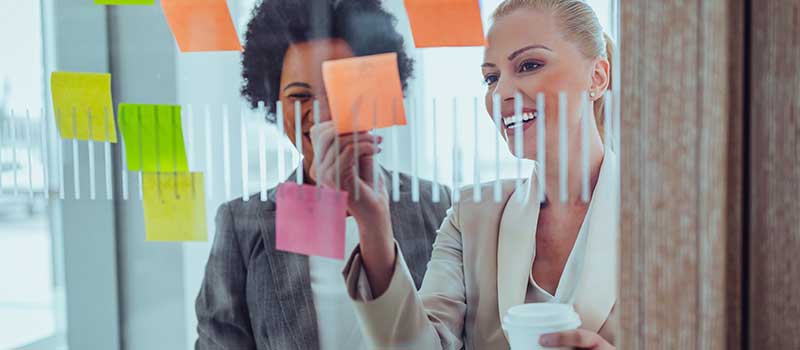
Stephen Houraghan
As a brand strategist, you understand the importance of positioning and being on brand.
Your niche is unique and your work in exhibition design is a great example of how brand strategy has become an overarching discipline.
You work with big brands on a granular level, ensuring that everything is on brand.
You have gone through Brand Master Academy and learned foundational frameworks, such as Brand Master Secrets, which have helped you in your processes when working with clients.
How have these frameworks influenced your approach to meetings with clients in exhibition design?

Paula Murray
Yeah, I remember a very memorable moment for me when I was looking at your work. I had just struggled with how to structure purpose and mission, and it always sounded simple. But when I was digging into it, I realized that it might not be the right way around.
It was really great to get clarity on how to unpack these, and I was able to understand how I could insert other things.
We worked on it for ourselves, and it was great fun. It can be small-scale to bigger-scale strategy, but it just gets easy.
Regarding something we were speaking about earlier, I find it really inspiring that you created something to support a community of creatives.
That educational piece is something we’ve done for a long time in our residential work, where the goal is always to help a client create a home for themselves by themselves, and we just facilitate.
It was a much bigger leap for me to apply that thinking to brand strategy for commercial clients, and you really helped me see how that journey could happen.
Creating Frameworks for Effective Brand Strategy and Client Connection
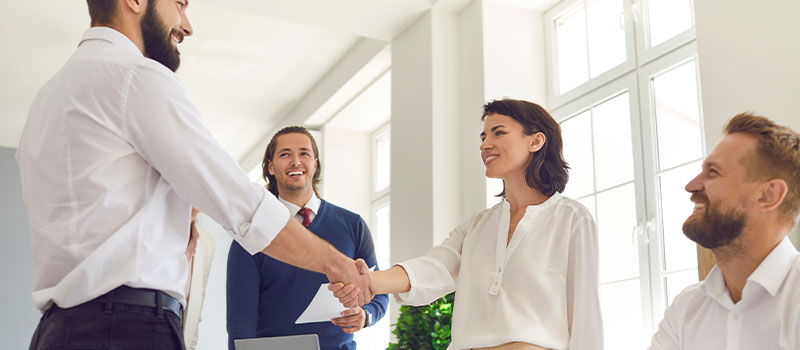
Stephen Houraghan
Great!
Putting these frameworks out there filled a gap I saw in my career because there was little to nothing available to bridge that gap and help me understand
What I was really trying to do,
What the foundational pillars were, and
How to build those pillars
From both the client and audience perspectives, as well as the competitors, to create a brand with the best opportunity to grow, scale, and appeal to the targeted audience.
It’s immensely fulfilling to hear that the programs I created have given you the tools to better serve your clients.
As for your role at Supertonic and the brands you work with, how do you see it changing?
Do you feel that clients are more receptive to inquisitive questions based on a deeper understanding rather than surface-level visual questions?
Is there a connection with the client when you ask these types of questions?

Paula Murray
The world has shifted on its axis in recent years, and as a result, things have definitely changed. One of the key challenges for us has been how to do more with less, as most clients are facing immense budgetary constraints on a scale we have never seen before.
However, I believe that the power of how a brand can show up in someone’s mind is more important than ever before.
To create small moves in a built environment, it’s about how we tell the story, and it doesn’t have to cost anything.
The magic lies in creatively bringing that story to life.
Of course, we still need to spend money to get something to show up, but I’m fascinated by this juncture. I’m also excited about working with a particular client team on a new distillery that’s coming out of the ground.
For the first time in many years, we’ve been able to work in partnership with an artist to interpret someone’s world in a way that I couldn’t do alone.
We’re here to facilitate and bring in the right people into the mix, whether that’s a poet, artist, singer, or songwriter, to tell the brand’s story in a way that plays into the bigger picture.
Supertonic Services For Strategists
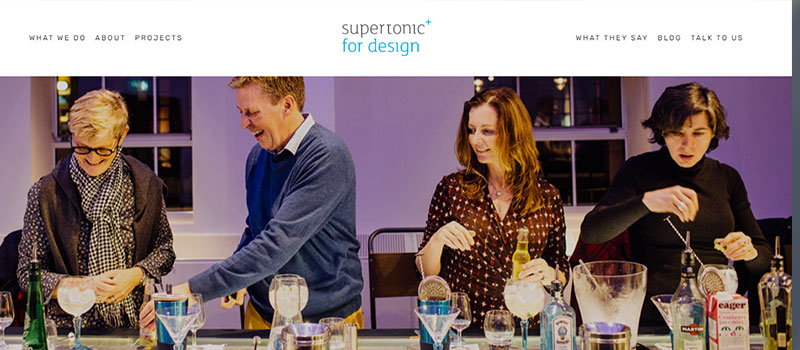
Stephen Houraghan
Tell us more about Supertonic and the services you offer to help other strategists bring bigger projects to life?

Paula Murray
Yeah, we’ve got a little framework, which allows us to assess in the first instance whether we’re the right fit for another team. Through the journey of the last number of years, one of the biggest insights that I’ve had is that values matter.
Working in groups where you’ve got a shared set of values is everything. It just never really occurred to me before. When it works, it works, and it’s great.
However, I had a couple of experiences where it just wasn’t okay, and it took me a good year to really understand what happened.
Well, isn’t that just the most brilliant bit of learning? Yes, we’re not for everyone, so I take quite a bit of time to make sure that we are the right team for a group.
Our projects work three to five years, so it’s gotta feel good. That would be the major first step, and that lets us unpack a whole bunch of stuff about what matters for a client, another consultant, or someone else that we want to introduce into the group.
Wanna Learn More About
Brand Strategy?
On-Demand Digital Program
Brand Master Secrets
Make the transition from hired-gun to highly valued brand strategist in less than 30 days. The systems, frameworks and tools inside this comprehensive program are all you need to level up.













